Southwest Airlines Changes Cabin Landing Preparations
One Mile at a Time
NOVEMBER 27, 2024
While it will vary depending on a flight’s descent profile, you can expect that this will typically translate to the cabin being prepared for landing roughly five minutes earlier than before. It’s also common among many foreign carriers to prepare the cabin for landing as soon as the descent starts.


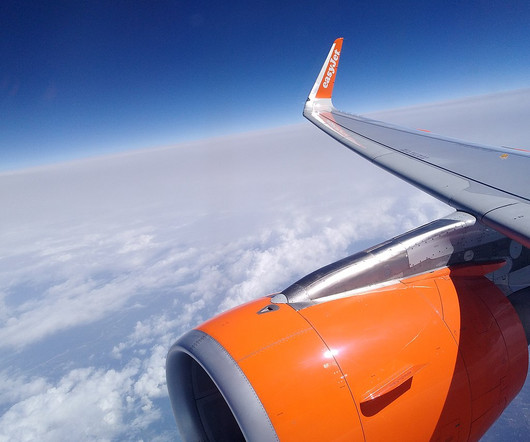
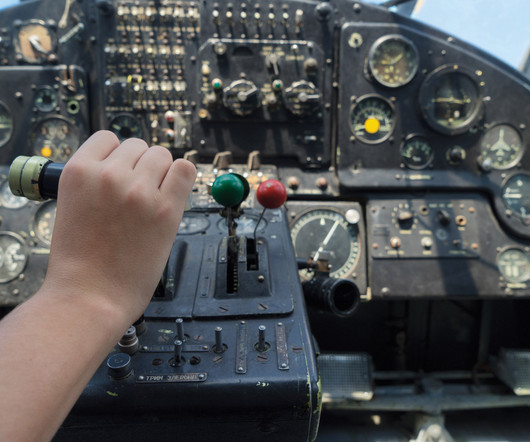

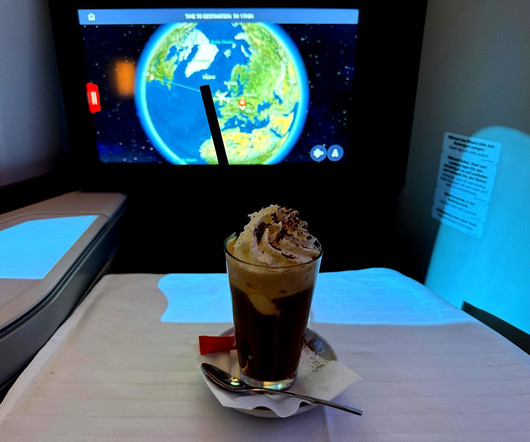


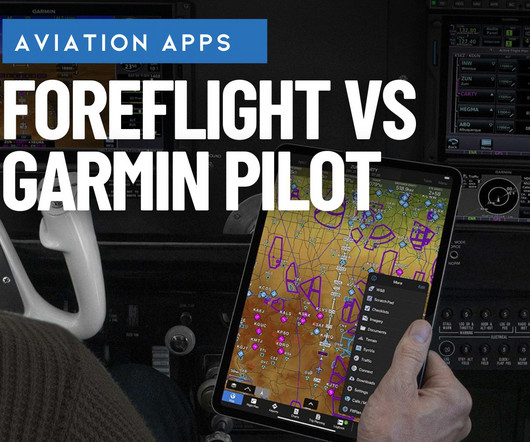

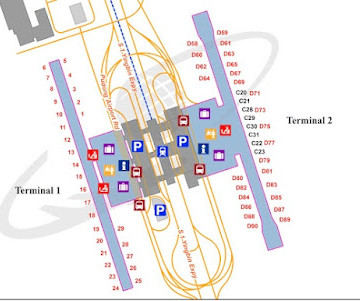
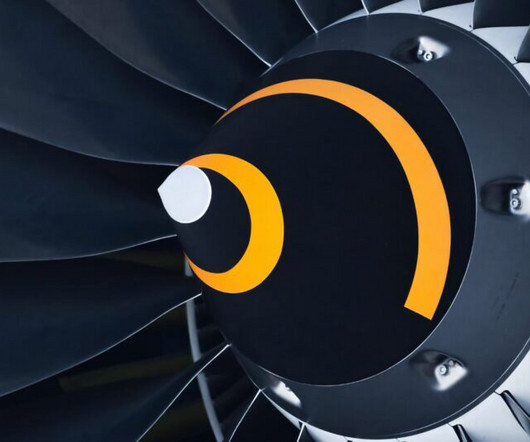
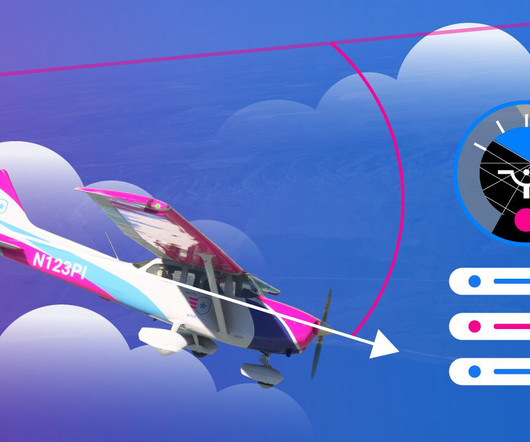






Let's personalize your content